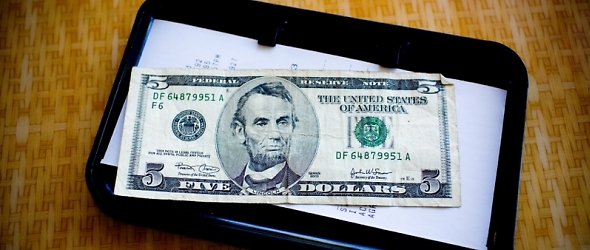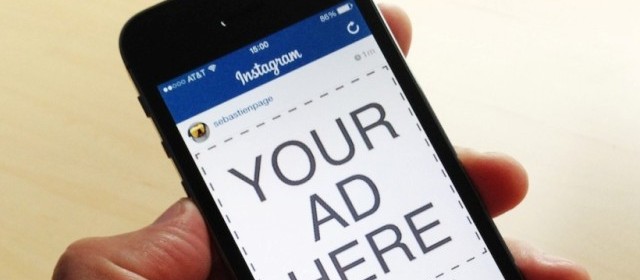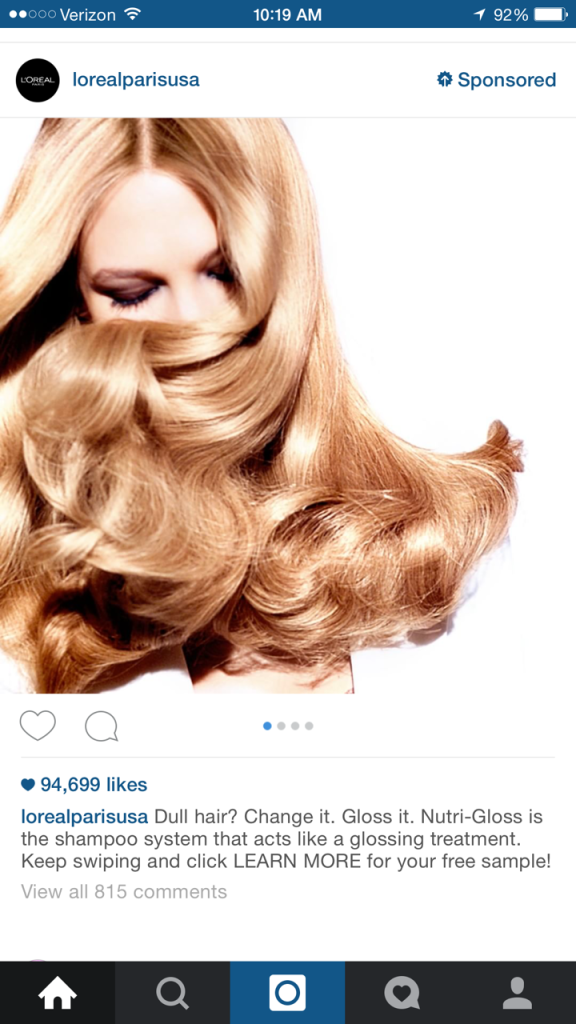Norwegian Dreams: 787 London Gatwick to LAX

This will be a very quick review of my first flight on the 787 Dreamliner.
We flew Norwegian’s Premium class to LA from London Gatwick. The reason for choosing this airline was because they were one of the few that offered one-way tickets and we wanted to fly in Prem. Economy or Business. The price (at about $1,100/person) was right, vs. what BA, Virgin, Delta and others were charging on the same route (Air New Zealand Premium Economy was about $400 more expensive per ticket).
We flew out on May 21st, which was a Thursday. It was a clear and warm-ish day in London, which made the drive to Gatwick from Kensington worth the while. Though Gatwick is somewhat out of the way for those living in central London, we managed to get there without any traffic, which was likely due to it being a weekday, post rush hour.
Norwegian flies out of the South terminal, which also houses Virgin Atlantic, so there were a lot of customers going long haul. The check in area looked pretty messy, with a long line of people snaking around, waiting to check in. However, as Premium ticket holders, we just walked to the very front and were given our boarding passes in a matter of minutes. The agent couldn’t have been sulkier, but she was not mean or unpleasant. Along with the BPs, we were also given two lounge invites and Fast Track stickers.
Fast Track was…fast. Unlike Heathrow, where everyone is an Elite, here the FT line was empty and we breezed through it in seconds. The same couldn’t be said for the normal security line, where the wait must have been close to 20 minutes. After collecting our belongings, we proceeded to the No. 1 Lounge, which serves as the main contract lounge for airlines flying out of the South Terminal (once again, with VS being the notable exception).
The lounge was busy but quite nice. I’d say, it was a step above Galleries Lounge in Heathrow, in terms of decor and things on offer. It’s a two floor setup, with more of a dining arrangement on the first floor and a cafe/lounge setup on the 2nd. We made our way upstairs and grabbed a table in order to get food. There are actual menus at each table, which explain that you can get food from the salad bar as well as order one made-to-order dish from the kitchen. Drinks are complimentary also.
We both ordered lamb kofta, grabbed some delicious soup from the self-serve bar, along with a variety of salads. The kofta was delicious, if a bit small in size (you have an option to order another entree for GBP 4). The beer of choice was Estrella, and there were also coffees and teas, as well as liquor, which I didn’t feel like having.

No. 1 Lounge in Gatwick

Sitting area – No. 1 Lounge

Boeing 787 Dreamliner

Entering the plane through the jetway

Norwegian Long Haul – Premium Seats
Though Norwegian doesn’t provide amenity kits, they do have a mesh bag with a thick blanket, and they also pass out headphones in nice little cases. The AVOD system is actually an Android-based tablet that’s secured on a swing-out arm, which comes out of the armrest. There are also electrical outlets and USB ports to plug your equipment into.

Norwegian’s amazing blanket!

Android-based AVOD

LCCs crowding the apron

Old school easyJet livery
Soon, we were off, making a big turn over Gatwick and heading northwest for Ireland. I spent the first 15 minutes occupying myself with dimming the window, which I came to realize does not go completely dark, but is good enough at blocking the sunlight that it gives you the opportunity to fall asleep without an eyemask. Also, because it’s gradual, you don’t have to worry about someone pulling up the shade and flooding the cabin with sudden burst of light.

Dimming the windows

Dinner service

Nice regular-sized coffee cups

Breakfast

The Norwegian blanket – warm and fun
The seats themselves were fairly comfortable. They offered more space than the seats in WTP on BA (we flew the same route last year on the A380), though there was a bit of a lack of lumbar support. No worries, though, as I just put a spare blanket behind my back to solve the issue. My wife had no problem falling asleep, as the seats give a very generous recline – much better than in competing Prem. Economy seats. Weirdly, my seat reclined quite a bit further than hers.

Footrest – better than on the BA A380 in WTP

View of the Premium cabin

Premium cabin seats on Norwegian
The bathroom was spacious, with a door that differs from other airplane types. It slides in as it opens, taking up a bit less space in the process. The Boeing Sky Interior lighting in the lav was a nice feature, as it didn’t fully wake me up.

Lavatory

Eva Air at LAX



